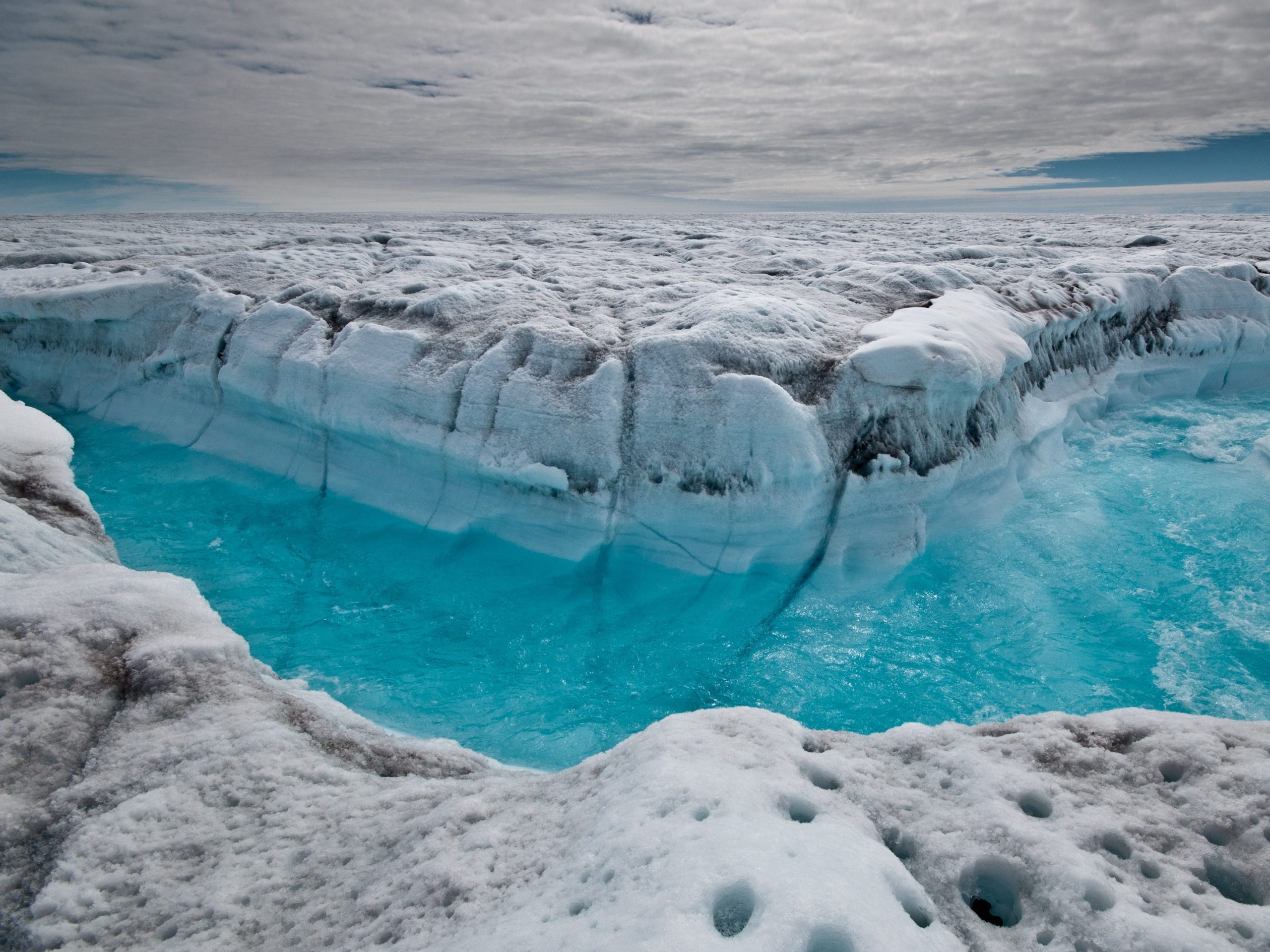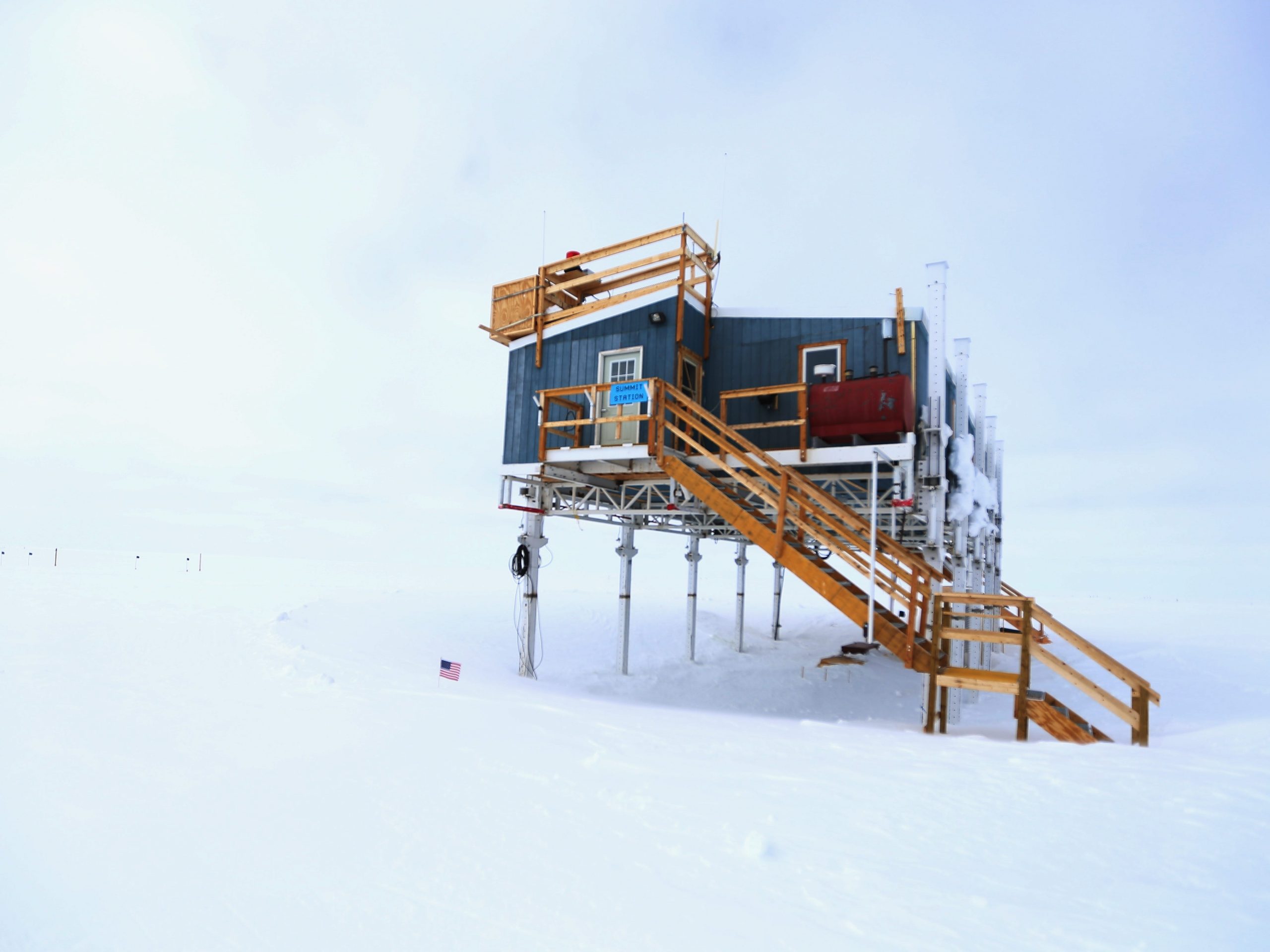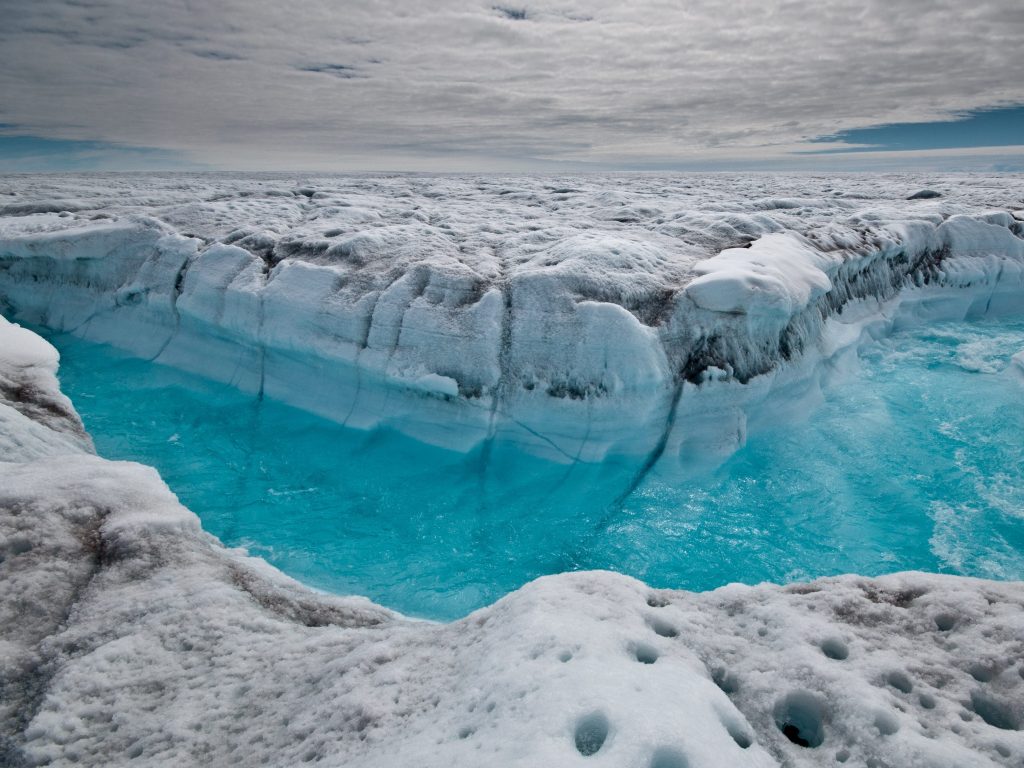
AIan Joughin/AP
- The highest point of Greenland saw rain instead of snow for the first time on record.
- A research scientist told Insider rain at the summit could amplify Greenland's contribution to rising sea levels.
- One study found rising sea levels threaten hundreds of millions of people on coastlines worldwide.
- See more stories on Insider's business page.
It rained, rather than snowed, at the summit of Greenland on Saturday for the first time on record, according to the National Snow & Ice Data Center at the University of Colorado at Boulder.
The summit, which is about two miles above sea level, marks the highest point on Greenland's ice sheet. NSIDC said rain was observed at the summit for several hours on August 14, and that above-freezing temperatures were also recorded, lasting for about nine hours.
It was the third time in less than a decade that above-freezing temperatures and wet snow were recorded there. In total, about 7 billion tons of rainfall dropped onto Greenland's ice sheet, according to the NSIDC.
Laurence C. Smith, a climate scientist and professor at Brown University, called the rainfall at the summit "stunning" in an email to Insider. He said "it portends a future of greater meltwater runoff" that will "amplify Greenland's melting and contribution to global sea level rise."
Greenland, the largest ice mass in the northern hemisphere, lost more than 530 billion tons of ice in 2019. Over a two-day period last month, enough ice melted in Greenland alone to cover the entire surface area of Florida in 4 inches of water.
The National Science Foundation's Summit Station on Greenland was established in 1989 and is staffed year-round to observe conditions in the Arctic, including variables related to climate change.

Joe Raedle/Getty Images
Julienne Stroeve, a research scientist at the NSIDC, told Insider that rain at the summit station could be an indication of what's to come in other places, noting that the Arctic is melting three times faster than the rest of the planet.
Stroeve said recent models published in a long-awaited climate report from the United Nations indicated greenhouse gas emissions will not only increase the amount of precipitation in the Arctic, but that more of it will fall as rain.
"The transition from a snow- to rain-dominated Arctic [is] predicted to happen a couple decades earlier than previous forecasts," she said.
Increased precipitation and meltwater, flowing from ice and glaciers that melt as the climate warms, contribute to rising sea levels.
One 2019 study estimated that hundreds of millions of people on coastlines around the world were threatened by rising sea levels. According to some estimates, a number of US cities, including New Orleans and Miami, could be underwater by 2100.
On top of rising sea levels, incidences where rainfall replaces snow as precipitation can also pose a problem for wildlife, according to Stroeve. She said animals like caribou and muskoxen are unable to break through the layers of ice that form as a result, making it more difficult for them to forage for food.
Have a news tip? Contact this reporter at [email protected].

